The Most Advanced Remote Identification Device
WI-FI and BLE technology
Our Remote ID module is based on the following technologies:
- Wi-Fi (supported NAN and Beacon frames)
- BT (supported BLE and legacy frames)
- GNSS (GPS, Glonass, BeiDou, QZSS, Galileo)
Using the BLE and WI-FI broadcast technology, our Remote ID (RID) device provides surveillance and drone operator identification capability based on any modern mobile device, such as a smartphone or tablet.
Why Remote ID from Aerobits?
- idME PRO (UAS Remote Identification) can be easily connected to the Pixhawk controller via the JST connector
- Sniffer functionality – receive via Bluetooth and WI-FI signal from other RID devices
- Increase of broadcast power to +20 dBm Wi-Fi and +18 dBm BLE
- Automatic power adjustment according to the country of use
- Supports the newest MAVLink protocol, with Open Drone ID Messages
- Extended configuration options allow choosing a transmission technology
- Its small outline and low power consumption allow it to be used in ultra-lightweight drones (20mA)
- AT commands provide the feasibility of configuring broadcast messages, such as drone identification number, type of aircraft, etc. Additional authentication mechanisms are also available.
Notice:
- FCC certification
- Compliant with the latest FAA MoC
- In accordance with the F3411 standard
- CE certification pending
Only logged in customers who have purchased this product may leave a review.
Shipping Policy
We ship directly from the country where the product is made, such as China, Italy, or Taiwan, helping you avoid or pay lower tariffs.
Fast Delivery! We ship via FedEx, UPS, DHL, and USPS because they are fast, reliable, and easily trackable. We process orders within 24 hours, and delivery may take 4-7 days, depending on your location. We will email you the tracking number once your order is shipped. Our prices are in US dollars.
Shipping Costs: For some industrial products, such as heavy wheels and CNC machines, shipping costs are calculated based on product weight rather than quantity. To reduce shipping costs for orders with multiple items, please email us at sales@ozrobotics.com before placing your order. We show shipping rates on the product page under the SHIPPING tab. To view the shipping cost for your country, click 'Add to Cart' on the product page.
Return Policy
5 Hours: Mistakes happen when ordering, so you have 5 hours to request a refund for any reason, including if you don’t want to pay the tariff. However, Stripe will not refund you their processing fee if you cancel your order.
All Sales Are Final: After 5 hours, we cannot cancel your order or issue a refund because order cancellations require reverse tariff payments and multiple shipping fees, which are very costly and time-consuming. For technical issues, we will be happy to assist you in resolving problems and provide a replacement if you can prove that the product has a manufacturing defect.
Exchange Policy: We want you to be happy with your new purchase. However, once you have used the product, we cannot issue a refund. However, we will offer an exchange for a product with irreversible manufacturing defects or technical issues. If you purchased the wrong product, then you, as the customer, will be responsible for the re-shipping fees and tariffs. If the product you purchased is defective, email us at support@ozrobotics.com with photos or a video of the faulty parts so we can evaluate the issue before arranging a replacement.

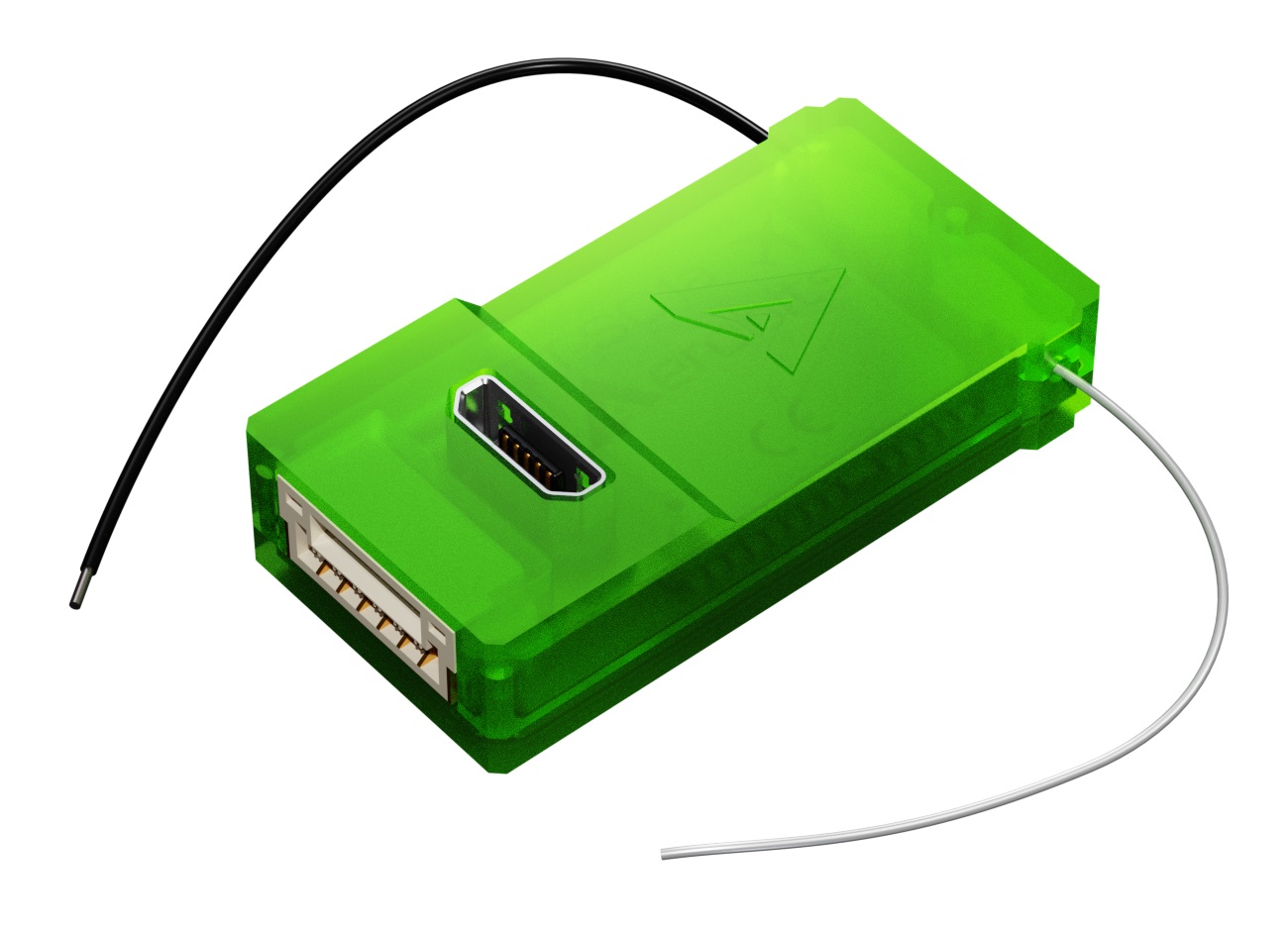

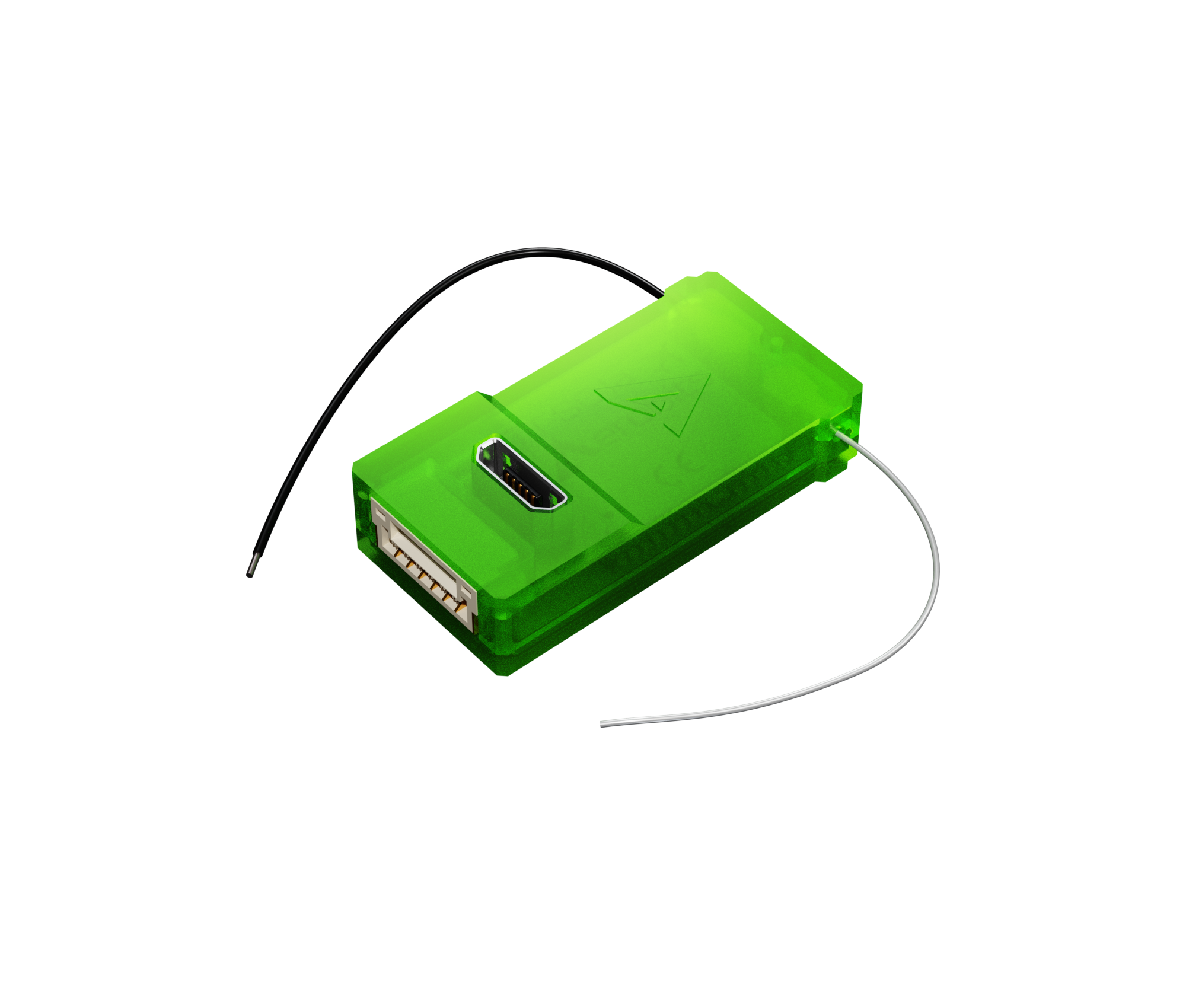
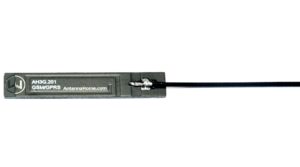
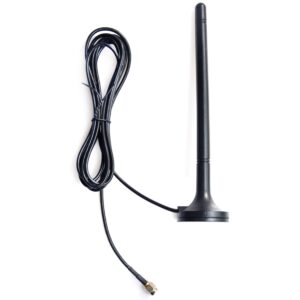
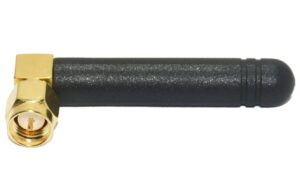
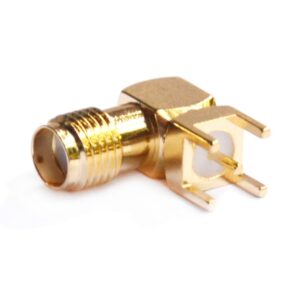
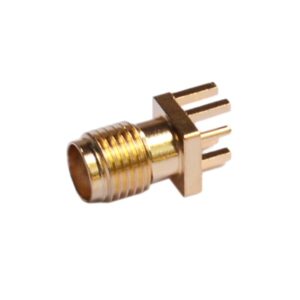

Reviews
There are no reviews yet.